Development studio FiftyThree takes a bold step into the hardware game with its Bluetooth-enabled stylus designed to be a companion tool for the company's popular drawing app Paper.
Pencil enters an already crowded aftermarket stylus market, one that has seen a boom in recent years thanks to a rapid shift toward tablets. While Apple's multitouch-enabled iPad is largely to thank for the dramatic change in personal computing preference, some users prefer to use a tactile tool to manipulate iOS and its apps.
Current styli from big-name manufacturers with years of tablet-and-stylus experience, like Wacom, offer functionality that covers a wide gamut of niche users. New players like Ten One Design are also bringing innovative products to market, such as the Pogo Connect, a pressure-sensitive Bluetooth stylus with support for a variety of tips.
Pencil is definitely not the first to incorporate a digital eraser (Samsung's Wacom-powered S Pen is a good example of a widely distributed model), but existing systems are largely bespoke products made specifically for customized hardware.
The competition is imposing, but FiftyThree has incorporated some solid features into a design we think many users will likely find appealing.
Design
In designing Pencil, FiftyThree chose to mimic a carpenter pencil, a writing tool that many potential customers have either used or are familiar with. Until now, most styli have taken on thin form factors dating back to some of the first examples designed to fit into PDA bodies. Even current models like Wacom's Bamboo Stylus or the Pogo Connect have shapes that may feel foreign to someone picking one up for the first time.
Anyone who has used a carpenter pencil and found its shape comfortable will be pleased with Pencil. The opposite is also true, however, as we know a few people who simply can't use a squared-off writing utensil without cramping up. Deciding to use a well-known shape may be an obvious one, but on some levels — perhaps subconsciously — it requires Pencil operate in the same manner as its non-digital wood-and-graphite forebear.
Pencil feels good in the hand, with a nice weight that lends to a sturdy feel. Inside is a metal frame that serves as an attachment point for the integrated Bluetooth module and removable battery, while affording rock solid stability.
Carpenter pencils don't usually come with an eraser, but FiftyThree opted to build one in to its version of the tool. The feature is one of Pencil's major selling points and one that sets it apart from other standalone iPad accessories.
There are no buttons or switches to activate the stylus and thanks to Bluetooth LE, Pencil can keep a charge for a claimed one month. During our short time with the unit, we saw no issues with power or power management.
One downside to keeping all electronic circuitry hidden is that the user has no easy way to check battery status at a glance. FiftyThree could one day add an in-app indicator, though for now users will have to estimate when to charge Pencil or let it run down completely.
As for charging, the soft drawing tip is attached to an input sensor, which is in turn connected to a battery pack with integrated USB connector. To charge, the battery pulls out of Pencil's frame and can be plugged it into any USB port. A single LED indicated with a lightning bolt symbol will change from amber to green when the pack is fully juiced.
This unique removable battery design also allows for Pencil's Bluetooth LE module to live in the end opposite the drawing tip, offering better weight distribution. When inserted, the battery's USB connector interfaces with contacts located at the base of the rear circuit board, sending power as well as data from the drawing tip sensor to the communications module.
Finally, drawing more inspiration from a carpenter's pencil, Pencil can be had in either "Walnut" or "Graphite." As its name implies, Walnut is milled from a single piece of walnut wood, while the less expensive Graphite model is sheathed in a brushed aluminum body with faux wood grain finish. The wooden version has a built-in magnet for easy attachment to metallic objects, like an iPad Smart Cover.
In use
While Pencil can be used as a regular capacitive stylus on any touchscreen device, its eraser function is currently limited to Paper. This implementation, combined with a lack of physical controls, means the stylus only needs to pair with an iPad when Paper is being used.
Instead of discovering Pencil from the Settings menu as you would most other Bluetooth accessories, users touch and hold on a new icon in the app's tool palette. FiftyThree calls the process "Kiss to Pair."
In our tests, we had no problems syncing, though it was a bit bothersome to re-pair whenever we left our iPad sitting for more than a few minutes.
Once paired, however, Pencil's performance was impressive. The tip is just squishy enough to offer a proper amount of draw resistance, yet not to the point where touches felt inaccurate. The balance in firmness is not perfect, though we prefer a softer tip as it allows for a tactile feel that more closely imitates traditional paper and pencil use.
Before trying out Pencil, we were concerned that the draw/erase sensors would cause problems with the app's interface. Paper's graphics engine draws thick and thin lines based on stroke speed rather than pressure, meaning a quick response to detected input is essential to the drawing experience. In practice, we found Pencil operates with little to no lag even when cross-hatching or drawing long, flowing lines.
Pencil uses Bluetooth to tell an iPad which tip is touching its screen. If neither the nib sensor or eraser sensor are sending a signal, Paper assumes input is coming from a user's finger and initiates a "blend" mode that simulates smudging colors together. When Pencil is powered on and connected, the app enables its palm rejection technology, which allows users to rest their hand on the screen while drawing.
The process FiftyThree employes to achieve this level of intelligent input is quite clever. Instead of relying on sensor output data alone, Pencil and Paper work together to determine a user's intentions. In order to register a draw or erase input, Pencil's sensors must be activated at the same time — or more specifically within a time threshold — that a touch event is logged on the iPad.
For example, if we were to lift Pencil away from the display, touch the screen with our finger and accidentally reactivate the drawing tip sensor, Paper would recognize the action as a smudge, not a line. This helps keep errant touches to a minimum, allows for fast mode switching and plays a crucial role in palm rejection.
After a few sessions, we started using the Paper and Pencil combo as if it were a real paper and pencil; quickly moving between draw, erase and blend modes. There is something to be said for a digital tool that so closely mimics the functionality of its "real world" counterpart that it can simply be picked up and used.
Of course, Pencil has room for improvement. We found blend mode to be somewhat imprecise as the virtual brush size did not take the size of our finger into account. Like other tools in the Paper palette, sizes are preset and adjusted based on magnitudes of motion rather than precise touchscreen data.
Also, with Pencil's Bluetooth capabilities, we would have appreciated support for pressure sensitive input. FiftyThree has said Paper's current form of dynamic brush sizing eliminates the need for such tech, though we miss the transparent and precise control offered by setups like the Pogo Connect and Procreate.
Conclusion
FiftyThree has a unique product in Pencil and gets a lot of things right where others have been left wanting. The digital eraser is a great concept, especially for iPad users not accustomed to styli or artists who are looking for a more traditional workflow. Nib feel is great and build quality is extremely high.
Most of these attributes are worthless if you don't happen to like the Paper app, however. While we feel its shape and design make Pencil one of the best iPad styluses around, using it in "passive mode" outside of Paper puts the tool's most compelling features to waste.
Ultimately, in assigning a score we chose to evaluate Pencil's merits and shortcomings as they apply to its intended purpose, which is an accessory to the Paper ecosystem. As such, it comes highly recommended, though we do point out issues in the "Pros and Cons" section that are applicable to general consumers.
Pencil is being sold exclusively through FiftyThree's online store and comes in at $50 for the Graphite version and $60 for Walnut. Every Pencil also unlocks all of Paper's optional brushes and color mixer tool, which are normally sold as in-app purchases priced at $1.99 each or $6.99 for the entire set.
Score: 4 out of 5
Pros:
- Excellent build quality and design
- Digital Eraser (with Paper app)
- Long battery life
Cons:
- Operative features limited to Paper app
- Shape may uncomfortable for some
- Not pressure sensitive
 Mikey Campbell
Mikey Campbell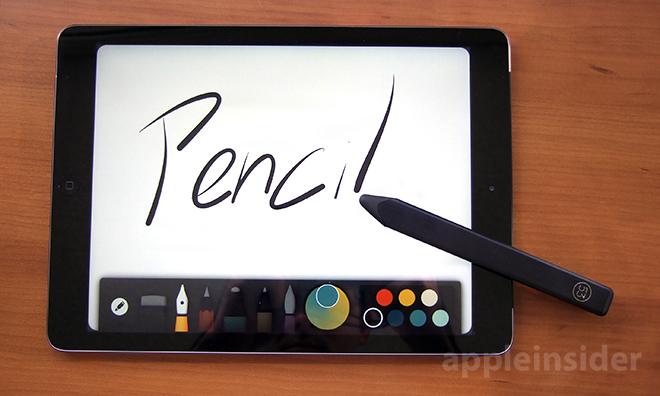
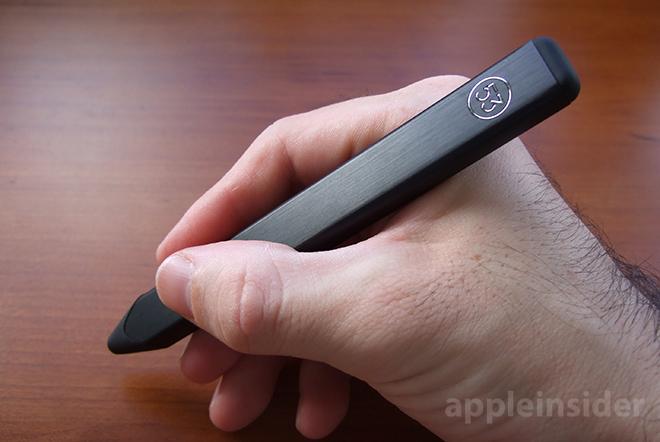
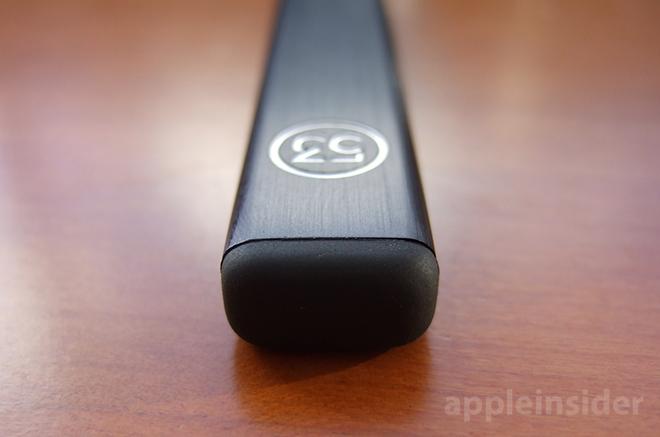
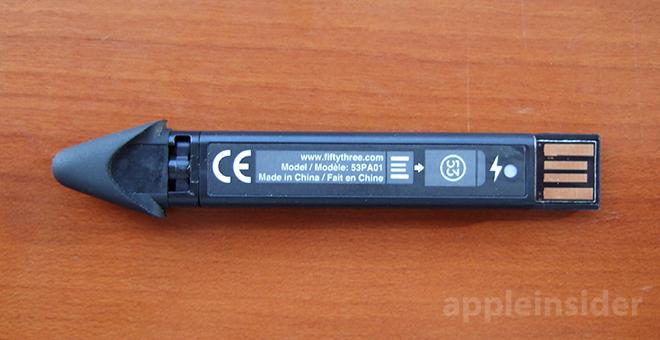
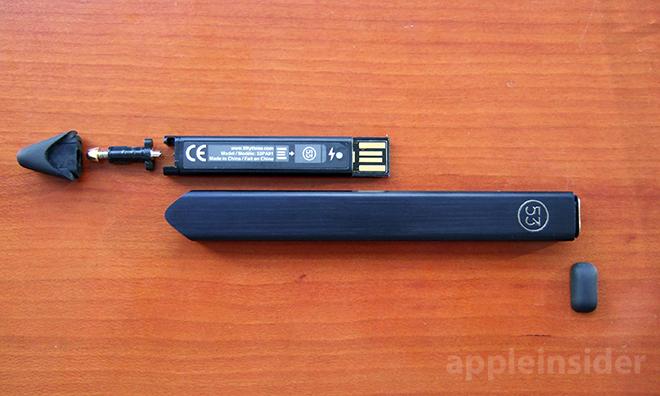
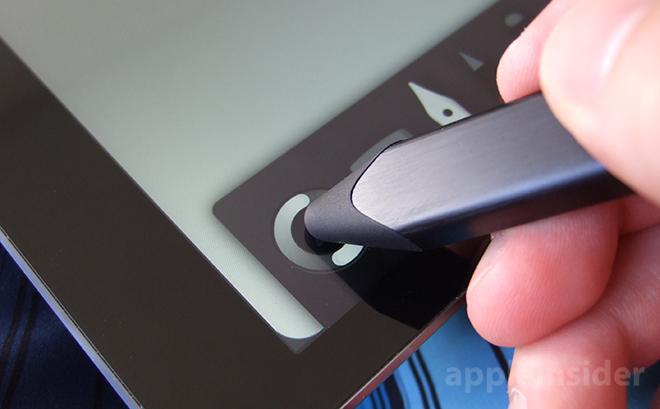

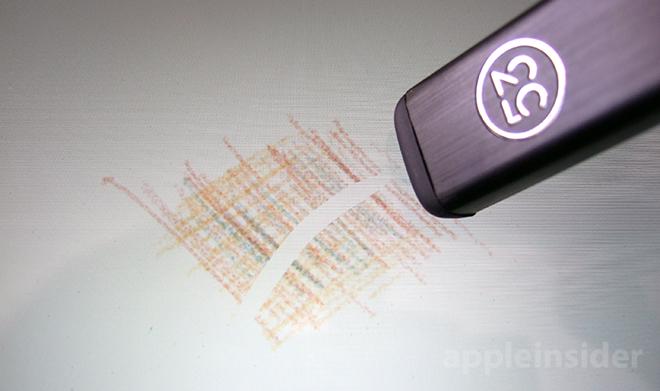
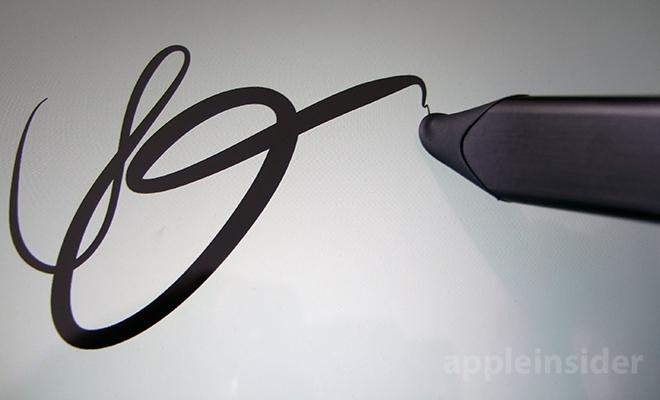
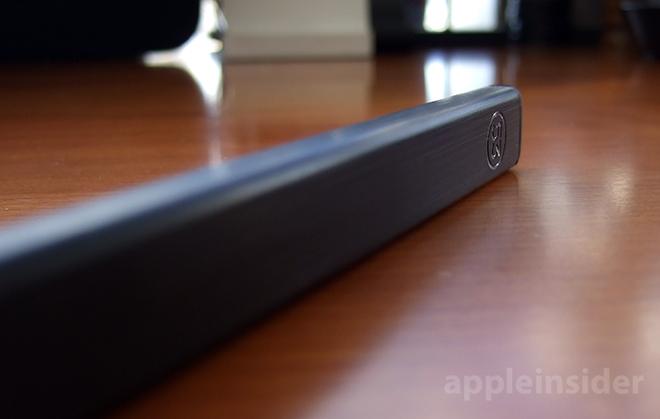


-m.jpg)






 Marko Zivkovic
Marko Zivkovic
 Mike Wuerthele
Mike Wuerthele
 Christine McKee
Christine McKee
 Amber Neely
Amber Neely
 Wesley Hilliard
Wesley Hilliard

 William Gallagher
William Gallagher


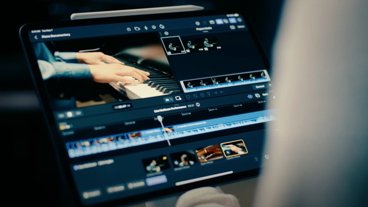







37 Comments
If you go on 53's forum, there are quite a few users requesting pressure sensing for this stylus, or support for Wacom's pressure sensitive alternative. But one of their engineers has consistently replied that neither option will be available soon. Too bad.
Thanks for the review. I'm guessing that it isn't pressure sensitive because the Paper app hasn't been designed to be pressure sensitive and would require some serious re-working to change its drawing maths.
That is really cool software at work there. [VIDEO]http://vimeo.com/81042091[/VIDEO]
Unfortunately it is available only in the US and Canada, and only online. I wish it was available elsewhere (or at least at Apple Stores in the US). I imagine they would sell a lot! I contacted them (I am in Switzerland) and asked if it was available at brick and mortar stores and the answer was no. But I'm headed to NYC, maybe I could figure out something in the week I'll spend there. As an architect I can say that the request for such a tool is incredible. I feel we are among the prime targets of such a product (judging from the requests I got from my colleagues for "If you find one, buy one for me too" I think the market is really big).
Well designed, well crafted and well implemented software wise. It only works with the paper app? For the time being, I think. But future apps might come along that license the tech. Anyway, the Paper app is really good, so there's no particular need for it to work with other apps (my opinion). As long as the ecosystem works. I prefer products that work perfectly doing one thing really well, than half assed solutions (but then again, this might explain why I own Apple products in the first place)
[quote name="RichL" url="/t/161099/review-fiftythrees-pencil-bluetooth-stylus#post_2444623"]Thanks for the review. I'm guessing that it isn't pressure sensitive because the Paper app hasn't been designed to be pressure sensitive and would require some serious re-working to change its drawing maths.[/quote] Unfortunately... and not to be harsh... but you're guessing wrong, because Wacom owns a whole bag of patents related to pressure sensitivity. Which is most likely the reason that pressure sensitive stylii (stylases) are hard to come by. [URL=http://www.wacom.com/en/gb/overlays/articles/2013/gb-1027]Samsung licenses their PS tech from Wacom.[/URL]